This post is written in response to: What would it take to strengthen women's land rights, in practice?
India’s rich cultural and ethnic diversity, combined with diverse customary tenures and laws which overlap with private property focused formal law, raises challenging issues for strengthening women’s land and resource rights. 
For women of many indigenous communities with customary communal tenure, recognition of private property rights can result in depriving them of their resource access nested within such tenures.
The Indian Government has adopted a range of progressive laws and policies for increasing women’s private property rights. These have included changes in inheritance laws, which entitle women to shares in ancestral property, to policies requiring that all government allocated land or housing must be in the joint names of both spouses or in the exclusive names of women.
However, there have been no legal interventions to protect, let alone strengthen, women’s rights over common lands and community forest resources. Often, land distributed to the landless and women is carved out of common lands which deprives the larger community of women users of access to an important livelihood resource.
The more recent Indian Forest Rights Act (FRA), 2006, aims to undo the historical injustice to India’s most marginalised forest dwelling communities, whose ancestral lands were declared ‘state forests’ without recognising the diversity of their pre-existing rights. The FRA recognizes both individual and traditional communal rights over lands officially classified as forest. It also provides for women’s equal rights in individual titles over occupied forest land and to community forest resources. The FRA has attempted to increase women’s participation in decision making in its implementation processes.
Under the FRA:
- titles to forest land occupied by households have to be issued in the joint names of both the spouses or the individual head of either gender;
- women have rights to equal access and to participate in the management of customary community forest resources;
- at least one third of the members on forest rights committees, elected by village councils (assembly of all resident adults) for processing claims have to be women;
- at least one third of village residents attending village council meetings for approving claims have to be women;
- at least one of three elected representatives in higher decision making authorities has to be a woman.
Field studies indicate women’s active involvement in regenerating forest diversity and forest foods, where community forest rights have been recognised. Interestingly, both women and men of communities with recognised rights are now preventing the forest department from felling their forests for revenue.
There are also several cases of women led community forest management groups. Women are also investing their labour in increasing the productivity of cultivated forest lands over which household rights have been recognised.
Yet, as in most such cases, the legal provisions have remained on paper in areas where the women they are intended to benefit are unaware about them. It is only in areas with active women’s movements, gender sensitive civil society organisations or proactive officials that women’s rights are actually being recognised or their presence in different committees or village council meetings being ensured.
Even where present, the women often remain unaware about their responsibilities and rights or even the provisions of the law meant to benefit them. A major contradiction surfacing in FRA’s implementation is that of recognition of individual property rights in the traditional communal territories of particularly vulnerable tribal communities despite the FRA providing for the recognition of their communal tenures. This is largely due to officials only familiar with private property rights under formal law not understanding the importance of communal tenures.
In the longer term, this is likely to disadvantage such communities as a whole and their women in particular as women have always enjoyed equal access to communal lands by custom.
There is a clear need to mainstream gender in official implementation strategies and establish stronger links with programmes promoting women’s organisations and groups. Politically empowered women elected in local governments also need to be mobilised to facilitate the recognition of women’s rights under the FRA.



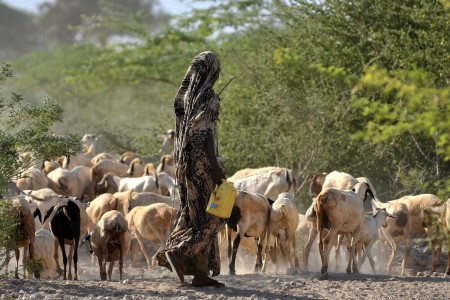



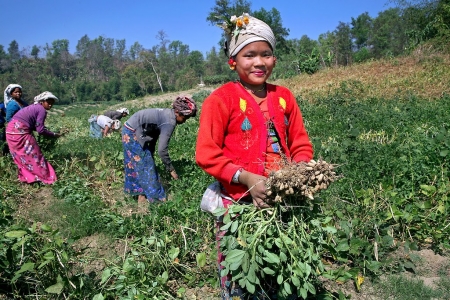



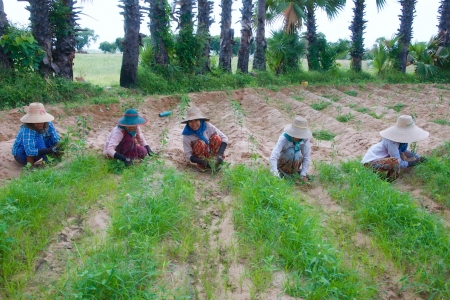
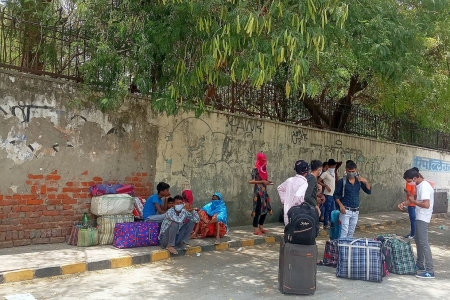




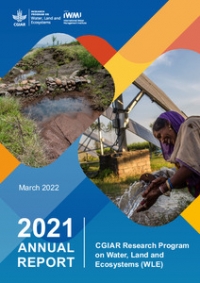
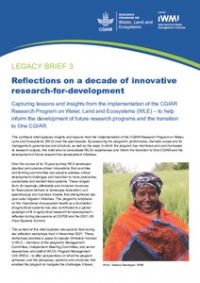
Add new comment